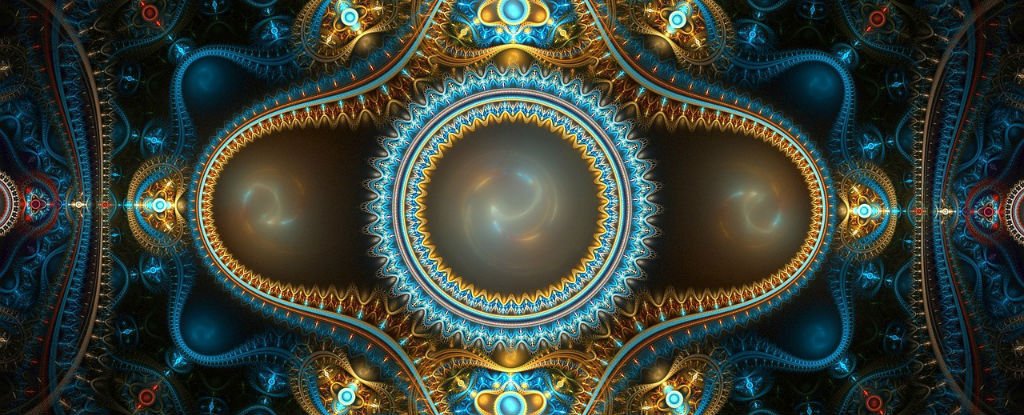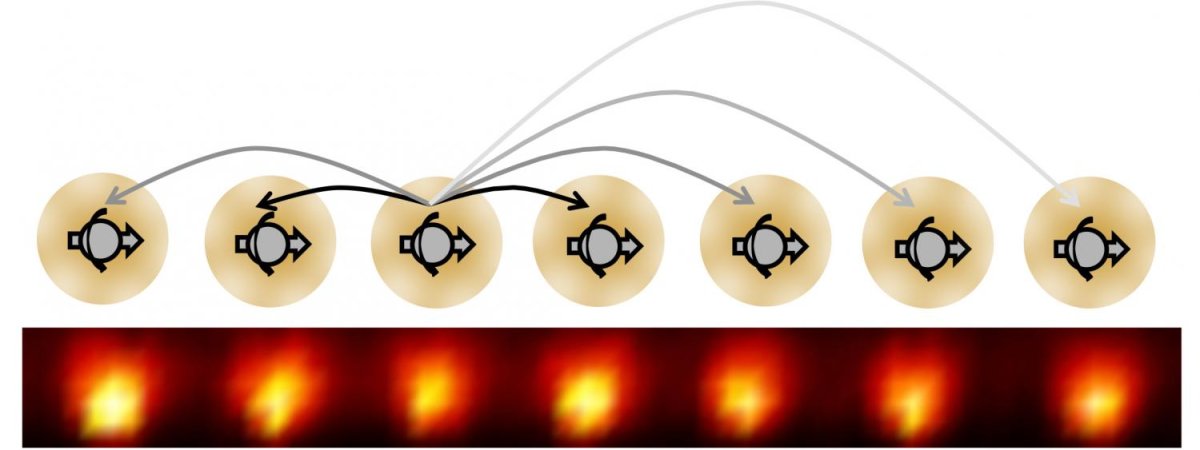
Out of Balance
Time crystals are strange. At the very least, they are a contradiction. A time crystal is quantum phenomenon that demonstrates movement while remaining in its ground, or lowest energy, state. Essentially a non-equilibrium form of matter, time crystals are lattices that repeat not in space but in time, breaking time-translation symmetry.
When the idea of a time crystal was proposed in 2012 by physicist and Nobel laureate Frank Wilczek, it was only a theoretical possibility that would challenge many of the laws of physics. Then, in October 2016, a team of researchers from the University of California, Santa Barbara (UCSB) managed to make a “floquet time crystal.”
Now, two separate teams of researchers from the University of Maryland and Harvard University have reported their success at making time crystals. The teams used a time crystal “blueprint” developed by University of California, Berkeley physicist Norman Yao, which was published in the journal Physical Review Letters. In it, Yao details how to make a time crystal and measure its properties. He also predicts the various phases expected to surround a time crystal, similar to an ice’s liquid and gas phases.
A New State of Matter
The University of Maryland’s time crystal research team was led by Chris Monroe. They manage to create a time crystal using a conga line of 10 ytterbium ions with interacting electron spins — yes, similar to how qubits work in quantum computers.
To maintain this movement, the team alternately hit the ytterbium ions with one laser to create a magnetic field and a second laser to flip the spins of the atoms partially. This sequence was repeated many times, keeping the ions out of equilibrium. Due to the interaction of the spins, they settled into a stable pattern of repeated spin flipping, which is essentially what defines a crystal.
Meanwhile, the Harvard team, led by Mikhail Lukin, developed their time crystal using densely packed nitrogen vacancy centers found in diamonds.

“Such similar results achieved in two wildly disparate systems underscore that time crystals are a broad new phase of matter, not simply a curiosity relegated to small or narrowly specific systems,” wrote Phil Richerme of Indiana University in an article accompanying the research published in Physical Review Letters. “Observation of the discrete time crystal … confirms that symmetry breaking can occur in essentially all natural realms, and clears the way to several new avenues of research.”
This research could help us better understand quantum properties and solve the problem of quantum memory associated with quantum computing. But aside from this, Yao isn’t quite sure what else a time crystal could be used for. “This is a new phase of matter, period, but it is also really cool because it is one of the first examples of non-equilibrium matter,” Yao explained. “For the last half-century, we have been exploring equilibrium matter, like metals and insulators. We are just now starting to explore a whole new landscape of non-equilibrium matter.”